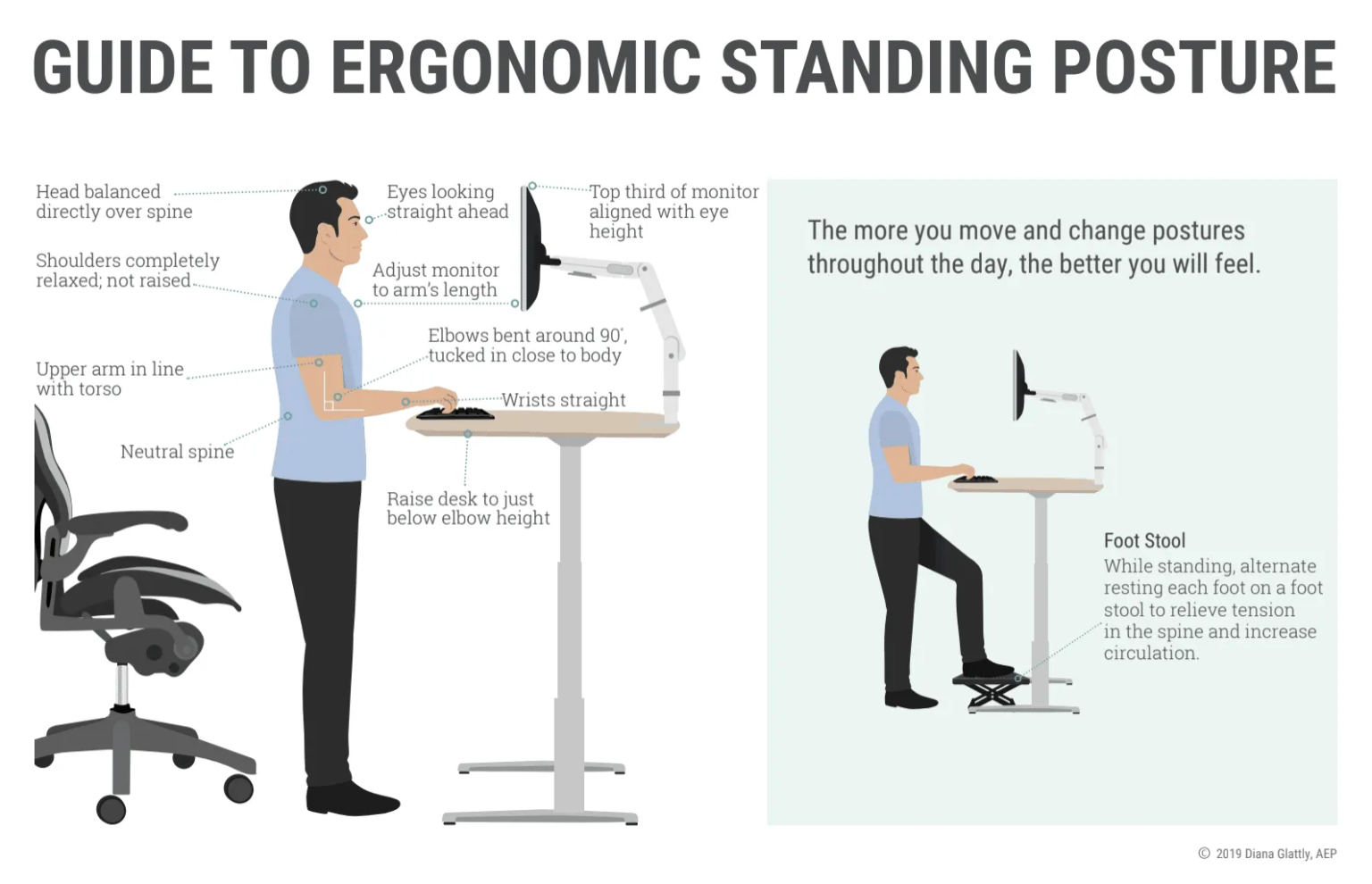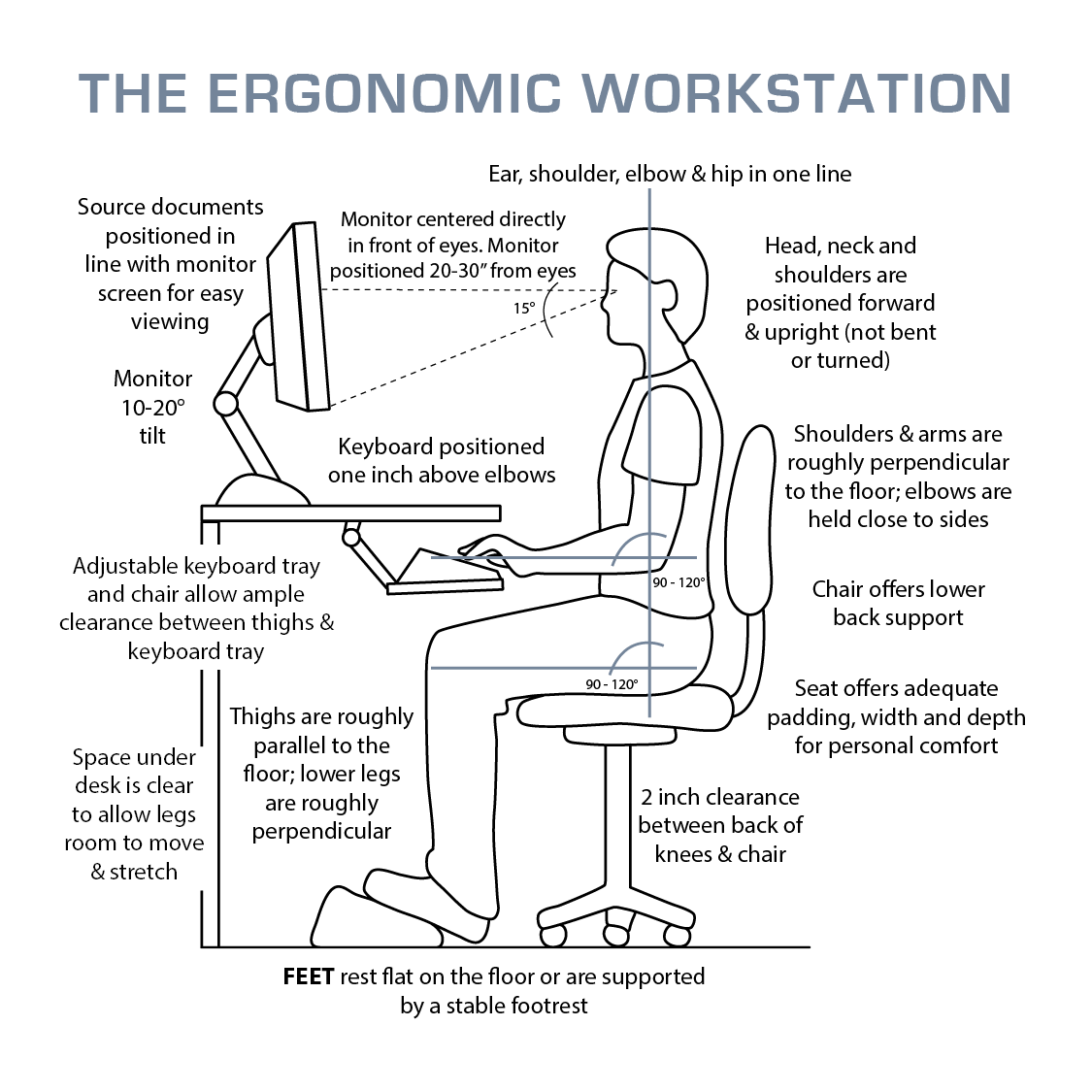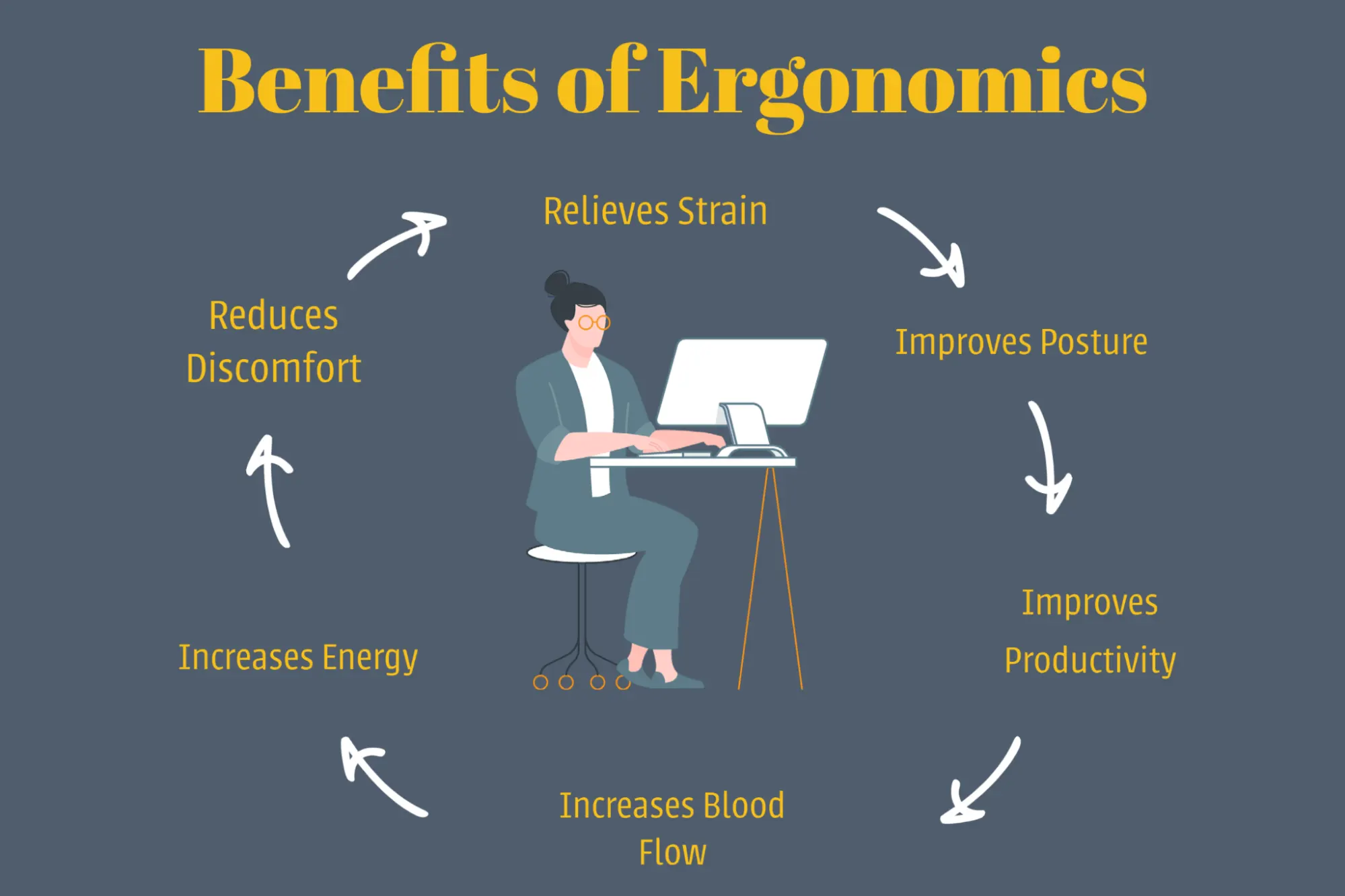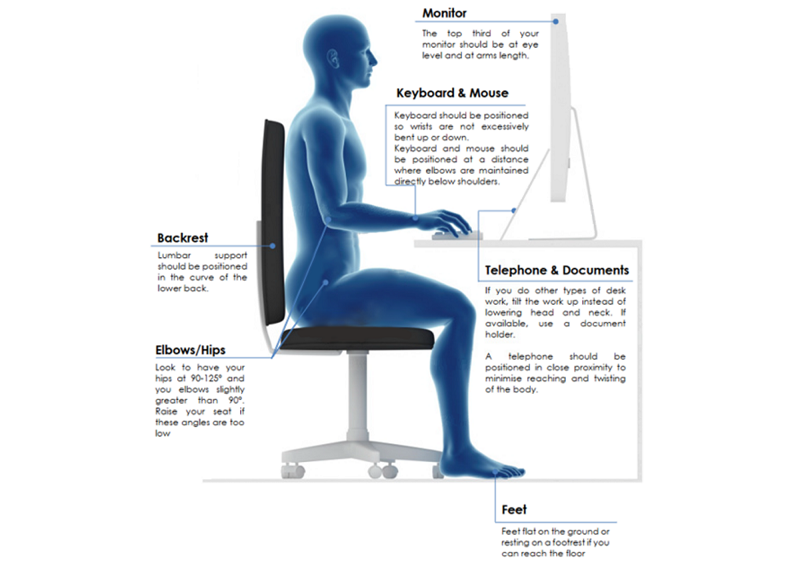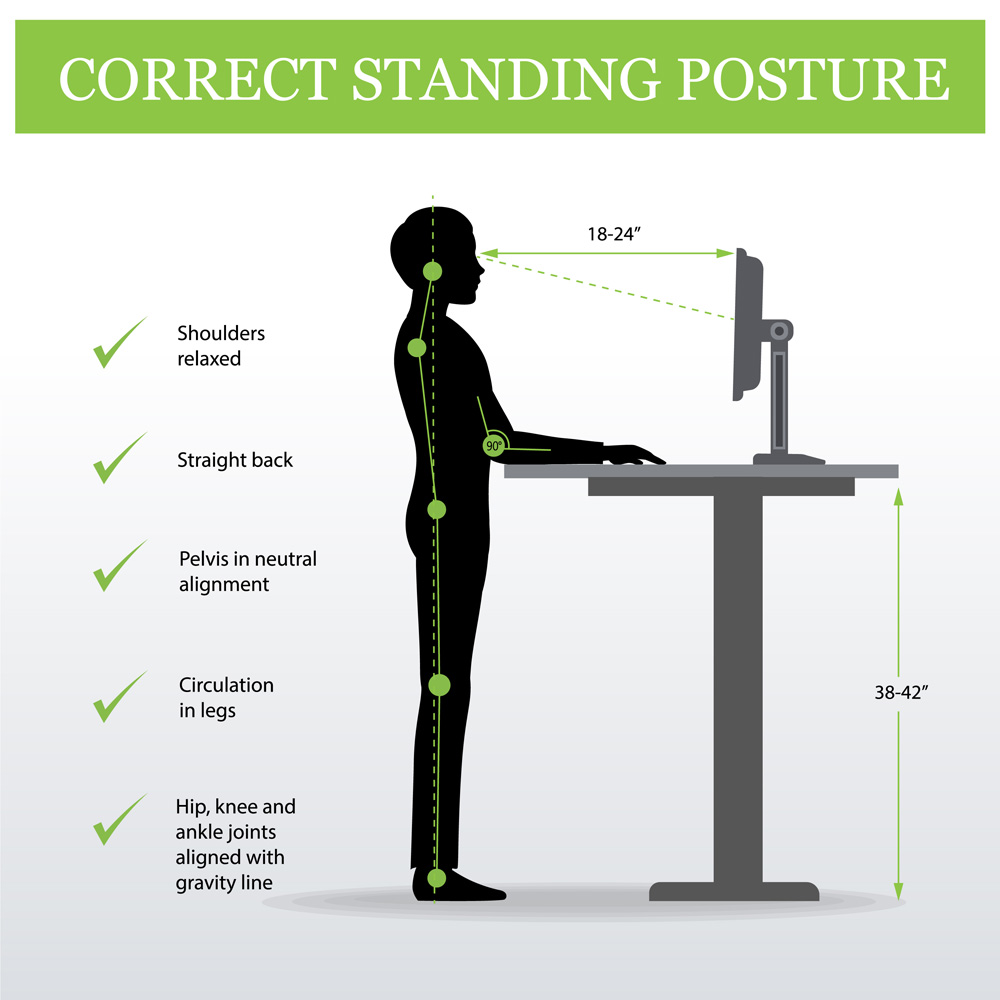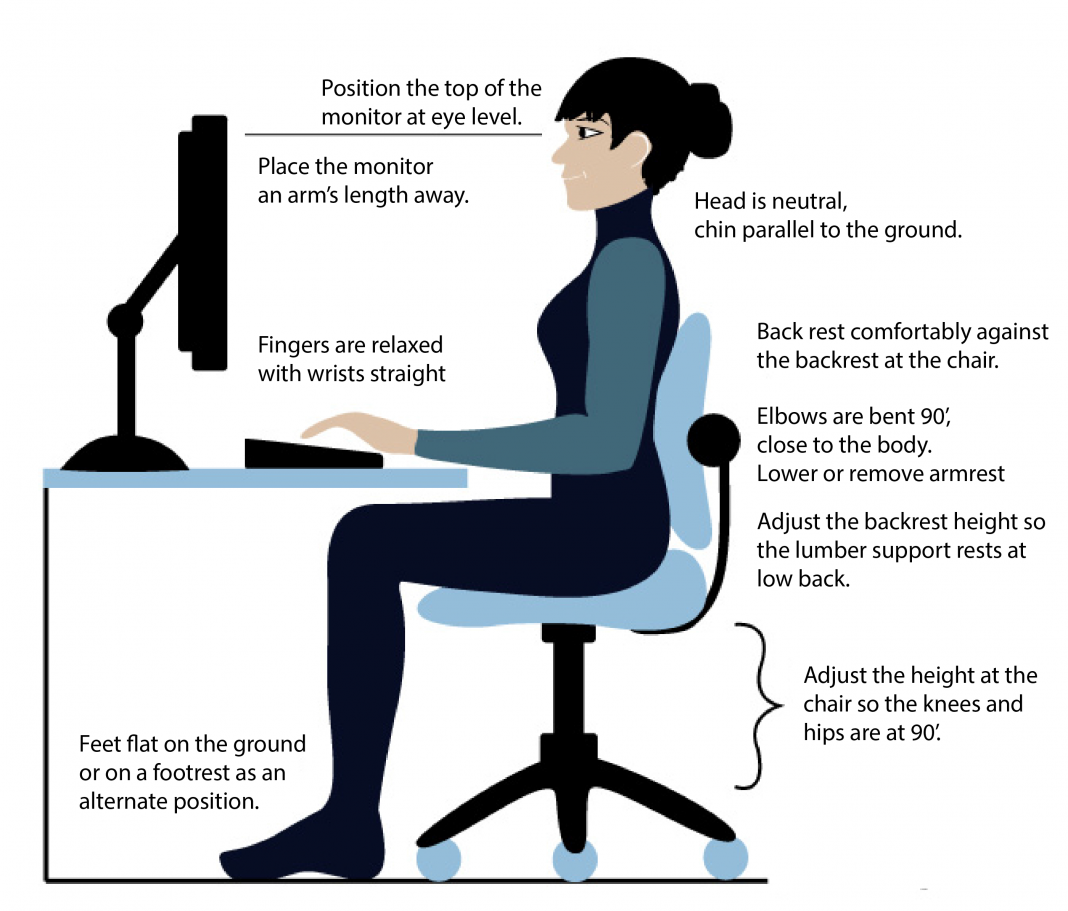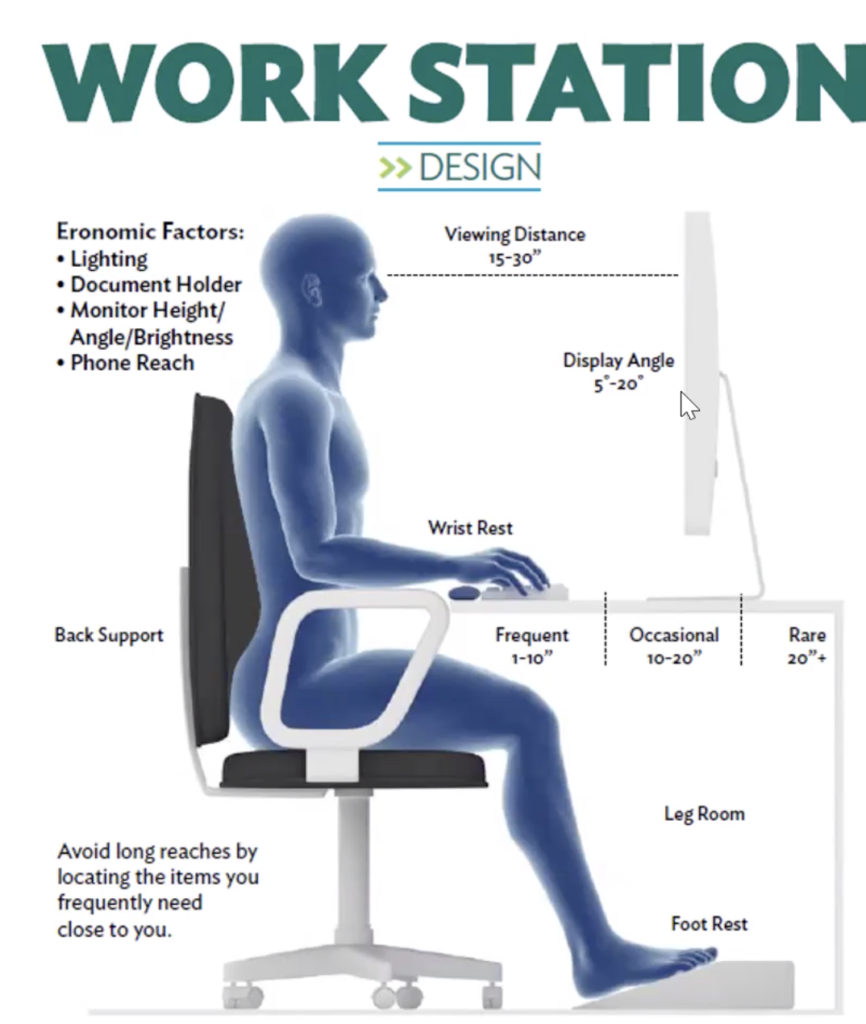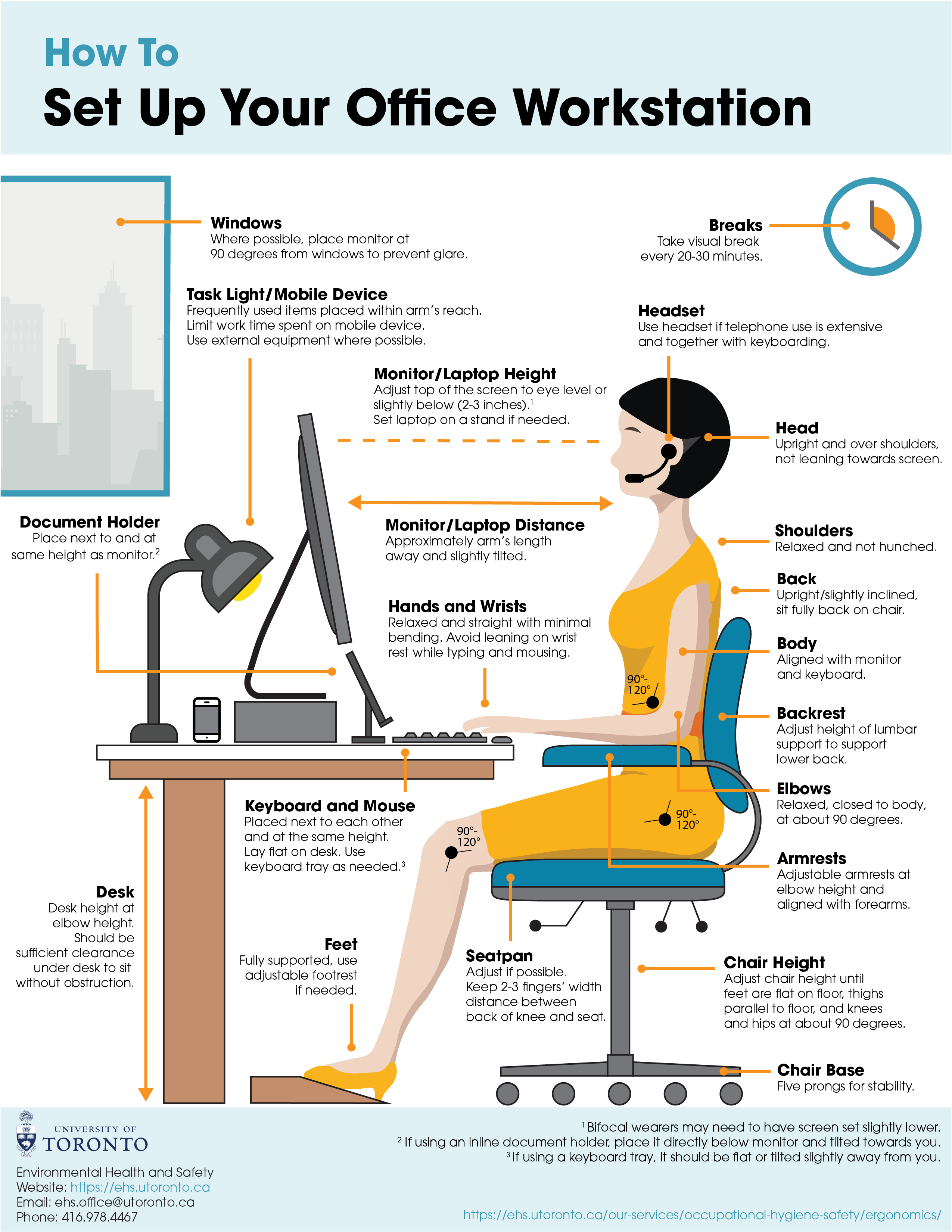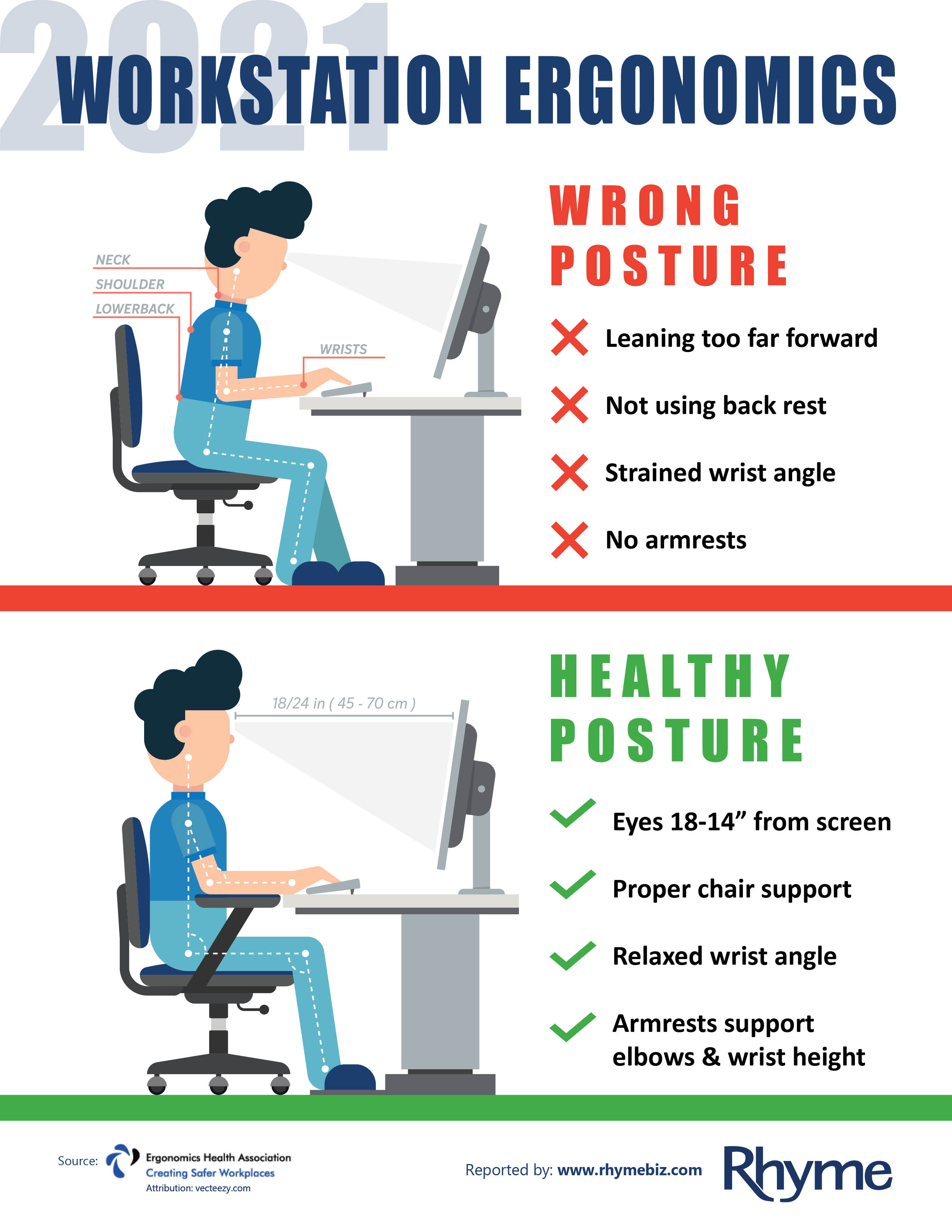One Of The Benefits Of A Well Designed Ergonomic
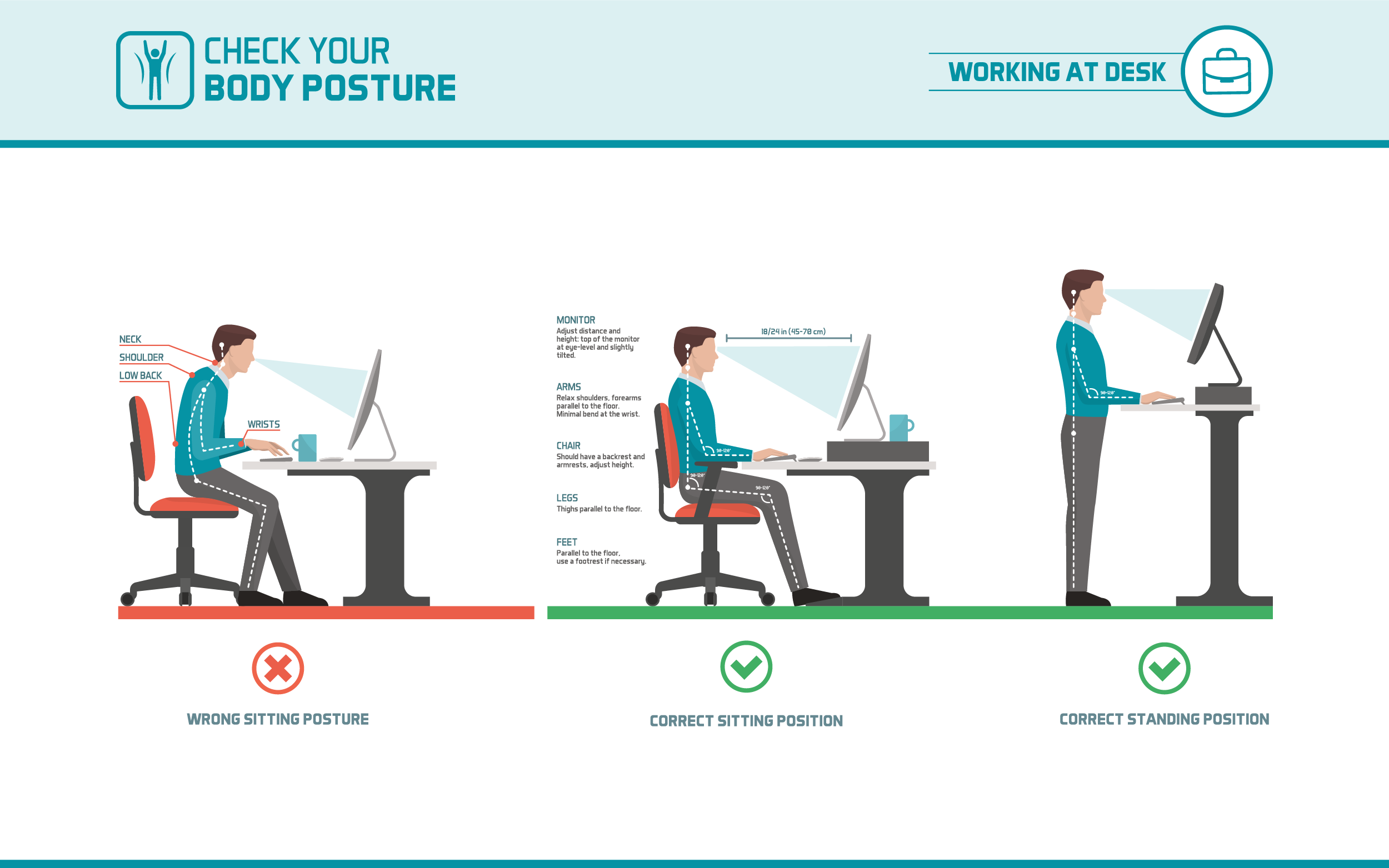
In today’s fast-paced world, where desk jobs dominate and technology permeates daily life, the importance of ergonomics is often overlooked. However, a growing body of evidence highlights one significant benefit of well-designed ergonomic workspaces: a substantial reduction in workplace injuries, leading to healthier, more productive employees and considerable cost savings for organizations.
The nut graf
is this: proactive investment in ergonomic solutions can significantly decrease the prevalence of musculoskeletal disorders (MSDs), such as carpal tunnel syndrome, back pain, and neck strain. These conditions not only impact individual well-being but also lead to decreased productivity, increased absenteeism, and higher healthcare costs for employers.
Understanding Ergonomics and Its Impact
Ergonomics, at its core, is the science of designing and arranging workplaces, products, and systems to fit the people who use them. The aim is to optimize human well-being and overall system performance.
This involves understanding human capabilities and limitations and then applying this knowledge to improve the fit between the worker, the job, and the work environment. Poorly designed workstations force employees to adopt awkward postures, perform repetitive motions, and exert excessive force, contributing to MSDs.
The Cost of Ignoring Ergonomics
According to the Occupational Safety and Health Administration (OSHA), MSDs are among the most frequently reported causes of lost or restricted work time. These injuries account for a significant portion of workers' compensation costs.
Direct costs include medical expenses, such as doctor visits, physical therapy, and medication. Indirect costs include lost productivity due to employee absence and the cost of training replacement workers.
The Bureau of Labor Statistics (BLS) consistently reports MSDs as a leading cause of workplace injury and illness. These statistics underscore the significant financial burden placed on businesses due to a lack of ergonomic awareness and implementation.
The Benefits of a Well-Designed Ergonomic Workspace
Investing in a well-designed ergonomic workspace yields a multitude of benefits, with the most significant being a substantial reduction in workplace injuries. This translates directly into lower workers' compensation claims and reduced healthcare costs for employers.
Employees experience less pain and discomfort, leading to increased job satisfaction and a reduction in absenteeism. Furthermore, ergonomic interventions often improve productivity by allowing employees to work more comfortably and efficiently.
Proper chair adjustments, monitor placement, and keyboard positioning can significantly reduce strain on the body, leading to improved focus and output. Consider a scenario: a software developer, prone to back pain, receives an adjustable chair and monitor stand.
Over time, her back pain diminishes, she's able to focus longer, and her code output increases. This illustrates how seemingly small changes can yield significant improvements.
Beyond Injury Reduction: A Holistic Approach
Ergonomics extends beyond merely preventing injuries; it also promotes a healthier and more comfortable work environment. This includes factors such as proper lighting, noise reduction, and temperature control.
Creating a supportive and comfortable work environment can enhance employee morale and foster a sense of well-being. Happy and healthy employees are more likely to be engaged and productive, contributing to a positive workplace culture.
Companies like Steelcase and Herman Miller, known for their ergonomic office furniture, actively promote the idea that investing in employee well-being is an investment in the company's success.
Implementing Ergonomic Solutions
Implementing ergonomic solutions doesn't necessarily require expensive overhauls. Simple adjustments like proper chair height, monitor placement, and keyboard positioning can make a significant difference.
OSHA offers resources and guidelines to help businesses assess their workplace ergonomics and implement effective solutions. Engaging with a certified ergonomist can also provide valuable insights and customized recommendations.
Employee training is crucial to ensure that individuals understand how to properly adjust their workstations and adopt healthy work habits. This empowers employees to take ownership of their well-being and actively participate in creating a safer work environment.
Regular ergonomic assessments can help identify potential hazards before they lead to injuries. Proactive measures like these demonstrate a commitment to employee health and safety.
The Future of Ergonomics
As technology continues to evolve, the field of ergonomics is adapting to address new challenges. The rise of remote work has highlighted the importance of creating ergonomic home office setups.
Virtual reality and augmented reality technologies are being used to simulate different work environments and assess their ergonomic impact. This allows for proactive identification and mitigation of potential hazards before they become real-world problems.
Advancements in sensor technology and data analytics are enabling the development of personalized ergonomic solutions tailored to individual needs and preferences. This marks a shift towards a more proactive and data-driven approach to ergonomics.
The focus will continue to be on creating work environments that support human well-being and optimize performance. The potential benefits are significant, ranging from reduced injuries and increased productivity to improved employee morale and a healthier society.
In conclusion, the undeniable link between well-designed ergonomic workspaces and the reduction of workplace injuries highlights the critical importance of prioritizing ergonomics in today's work environment. By investing in ergonomic solutions, organizations not only protect their employees' well-being but also reap significant financial and productivity benefits, fostering a healthier, more engaged, and ultimately, more successful workforce.
